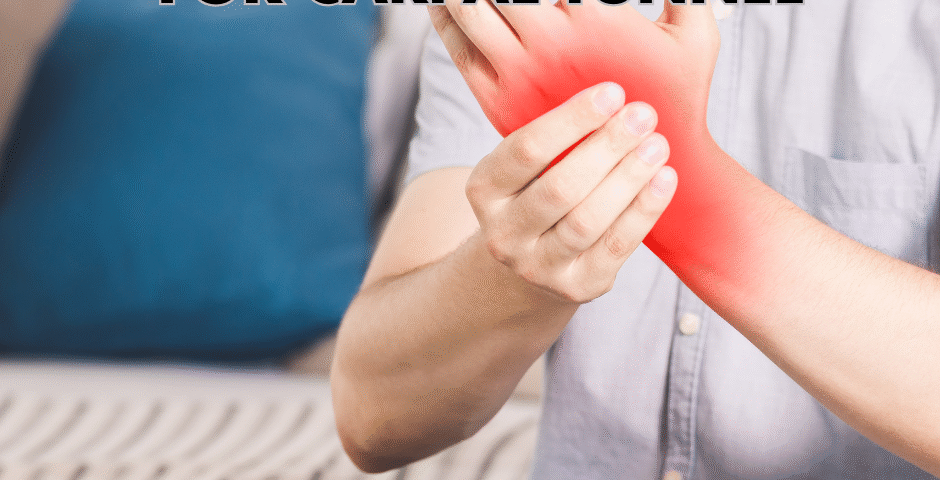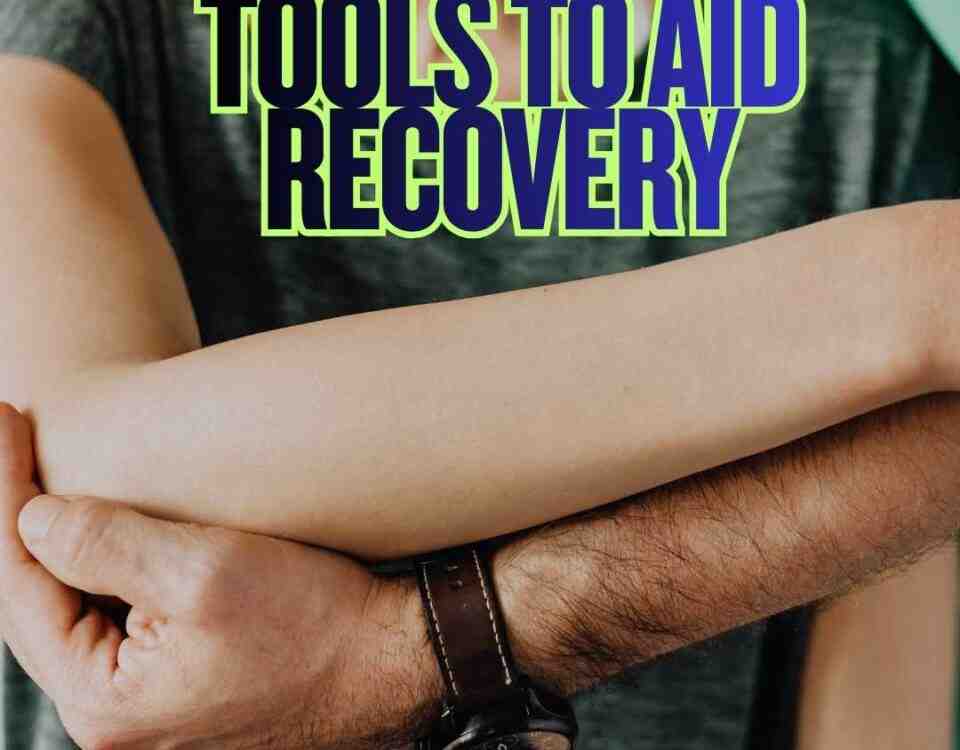What is Nerve Flossing for Carpal Tunnel Syndrome?

Minor Accidents Major Problems
April 28, 2025
Common Diagnostic Imaging Findings After an Accident
May 27, 2025- Accident doctor
- accupuncture
- airplane headache
- alzheimer's
- best habits
- Brain Injuries
- car accident
- car accidents
- cervical strain
- colds
- concussion
- Concussions
- disc bulge
- dosage meds
- dry needling
- dull pain
- E bike injuries
- florida
- good posture
- headaches
- Headrest positions
- Headrest positions after an accident
- Healthy choices
- Healthy flying
- healthy gift guide
- Healthy SPring Ideas
- hip pain
- hyperextension
- injury doctor
- insurance
- Kayaking
- kentucky
- kids motion sickness
- lifestyle
- motion sickness
- neck injury
- no fault insurance doctor
- noise healing
- osteoporosis
- pain symptoms
- pink noise
- posterior chain
- posture
- prevent osteoporosis
- Rest
- Scoliosis
- shoulder pain
- Stress with kids after a motor vehicle accident
- TBI
- tips
- tmj
- torn muscle
- Traumatic Brain Injury
- trigger points
- VitaminD
- What are Post Traumatic headaches?
Nerve Flossing for Carpal Tunnel Syndrome
Carpal Tunnel Syndrome (CTS) is a common condition that affects millions of people worldwide, especially those who perform repetitive hand or wrist movements like typing, hairdressing, or construction work. CTS is most characterized by numbness, tingling, and weakness in the hands and fingers, and can significantly impact a person’s quality of life. While common treatments range from lifestyle changes to surgery, one technique that is gaining popularity is nerve flossing. Dr. Deryk Harting, a member of one of the highest rated car accident medical care programs in the Tampa Bay area, explains nerve flossing for CTS.
Carpal tunnel syndrome occurs when the median nerve, which runs from the forearm into the hand, becomes compressed at the wrist. This nerve passes through the carpal tunnel, which is a narrow passageway made of bones and ligaments. When this space becomes inflamed or narrowed (due to swelling, repetitive motion, or degenerative changes), the median nerve gets pinched and leads to symptoms such as:
- Numbness or tingling in the thumb, index, middle, and part of the ring finger
- Hand weakness or clumsiness
- Pain that may radiate up the forearm
- Symptoms worse at night or upon waking
- Decreased grip strength
Diagnosis often involves a physical exam and history review. Orthopedic tests like Tinel’s sign (tapping over the nerve to elicit tingling) or Phalen’s test (holding wrists in a flexed position to reproduce symptoms) may also be used. Nerve conduction studies or electromyography (EMG) can provide more precise data. Treatment varies depending on severity. Options include activity modification, medications, physical rehabilitation, wrist splints (especially at night), steroid injections, and surgery in some severe cases. But increasingly, nerve flossing is being explored as a conservative, non-invasive way to relieve symptoms.
Nerve flossing, also known as neural gliding, involves gentle, controlled movements that “slide” peripheral nerves through their natural pathways. The goal is to restore normal mobility to a nerve that might be stuck or compressed in soft tissues. Flossing can alleviate CTS and improve nerve mobility by helping the median nerve glide freely through the carpal tunnel. It can also increase blood flow, decrease numbness/tingling, restore strength/coordination, and encourage healing. While it is not a cure, it can be an effective component of a broader treatment plan.
Here is how a simple median nerve glide works: (This is for educational purposes only, always consult a licensed healthcare provider before starting any new exercise.)
- Sit or stand tall. Position your arm straight out to your side with the palm facing up. Keep your shoulders relaxed and down.
- Bend your elbow and bring your hand toward your shoulder (like a bicep curl), keeping your wrist neutral. Then slowly extend your arm out again, and as you do, extend your wrist and fingers (palm facing away towards the ground.) Only move to a point where you feel a mild stretch or tingle — not pain. Repeat 5–10 times, 1–2 times daily.
- Perform slowly, smoothly, and gently. Stop if symptoms worsen. You can add head tilts away/toward the arm to modify the stretch as tolerated.
Nerve flossing is a gentle, non-invasive technique that can support healing and reduce symptoms in mild to moderate carpal tunnel syndrome. When combined with a comprehensive treatment plan and medical guidance, it offers a self-care tool to improve persistent wrist or hand issues.
— This article is written by Deryk Harting, DC, one of the members of Chambers Medical Group’s team of car accident chiropractors who offer a variety of treatments and therapies ranging from diagnostic testing to various soft tissue therapies for car accidents and injuries in Florida.
- Car Accident Medical Clinic in Tampa
- Car Accident Medical Clinic in Plant City
- Car Accident Medical Clinic in Brandon
- Car Accident Medical Clinic in Lakeland
- Car Accident Medical Clinic in Sarasota
- Car Accident Medical Clinic in Louisville
- Car Accident Medical Clinic in Lexington
- Car Accident Medical Clinic in Florence




